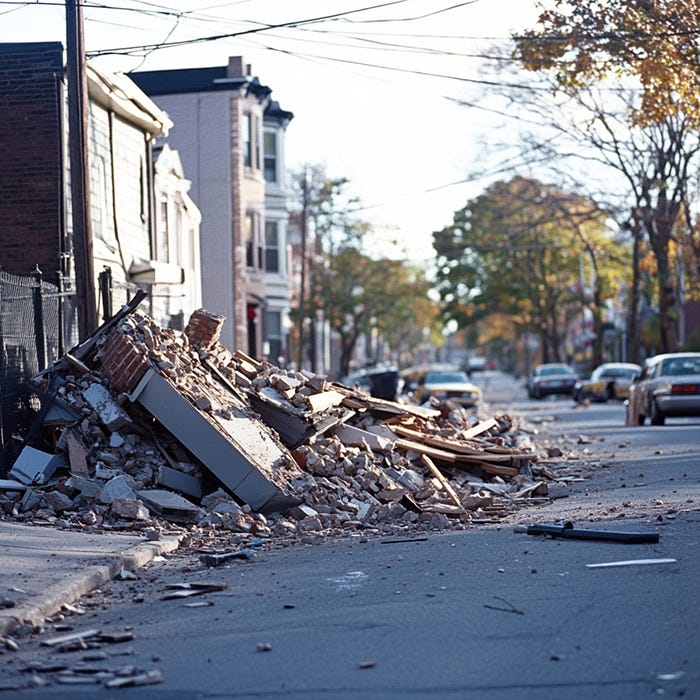Understanding New Jersey's Earthquake Landscape: Recent Events and Insights
Written on
Recent Seismic Activity in New Jersey
New Jersey, often overlooked when it comes to seismic activity, has witnessed unusual earthquake occurrences recently. A prominent 4.8 magnitude quake in April 2024 has raised awareness among locals and experts alike. The following sections will explore the details of these seismic events, their historical background, and provide vital preparedness advice for residents of the Garden State.
Recent Earthquakes Overview
In May 2024, a 2.9 magnitude earthquake near Gladstone was felt by over 670 individuals. This event was part of a sequence of aftershocks that followed the significant 4.8 magnitude quake in April, marking it as the largest seismic occurrence in the Tri-State area since 1973. The April quake was widely felt, from Philadelphia to Boston, showcasing the extensive reach of seismic waves across the East Coast.
Earthquake Frequency and Magnitude
Over the past year, New Jersey has recorded 82 earthquakes, with the April event being the most substantial at 4.8 magnitude in Whitehouse Station. Unlike the frequent, localized quakes on the West Coast, earthquakes on the East Coast tend to be felt over broader areas due to the region's geological characteristics.
Historical Earthquake Context
The first documented earthquake in New Jersey occurred on November 29, 1783, measuring a magnitude of 5.3. This quake impacted a wide area from New Hampshire to Pennsylvania, although it caused minimal damage. Since 1950, approximately 20 earthquakes with magnitudes exceeding 4.5 have been noted in the state.

The April 2024 quake is among the largest recorded in New Jersey's history, highlighting the state's capacity for significant seismic events.
Understanding the Causes of Earthquakes in New Jersey
The seismic activity in New Jersey primarily arises from faults—cracks in the earth's rock layers. The area's numerous faults, combined with the weight of adjacent mountains and the shifting of rock plates in the Atlantic Ocean, contribute to these earthquakes. Additionally, the geological adjustments in New England from ancient glaciers also play a role in this seismic activity.
Research and Monitoring Efforts
To enhance understanding of these earthquakes, academic institutions and the US Geological Survey (USGS) have installed seismometers throughout the region. This research aims to pinpoint the specific faults responsible for recent earthquakes and evaluate the likelihood of future seismic activity.
Earthquake Preparedness Strategies for New Jersey
As the potential for earthquakes persists, it is essential for residents to be prepared. Here are some vital safety recommendations:
- While Driving: Pull over to a safe location and engage your parking brake.
- In Bed: Lie face down and shield your head and neck with a pillow.
- Outdoors: Maintain a safe distance from structures.
- Indoors: Remain in place and avoid doorways.
While earthquakes in New Jersey are infrequent, recent seismic events underscore the necessity of understanding and preparing for potential activity. Continued research and monitoring are vital in identifying the causes and risks associated with earthquakes in the area. By staying informed and ready, residents can lessen the impact of future seismic events.
The first video titled "Explaining the NJ earthquake felt in NYC, across the northeast" provides insights into the recent seismic events and their widespread effects.
The second video, "What caused Friday's earthquake in New Jersey?" explores the geological factors behind the recent quakes and their implications for the region.